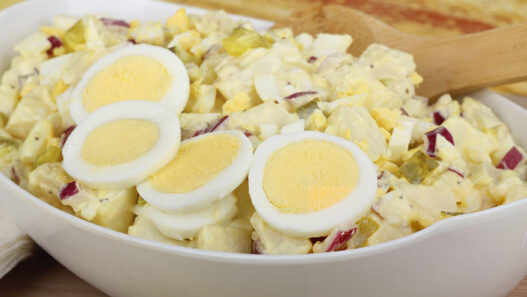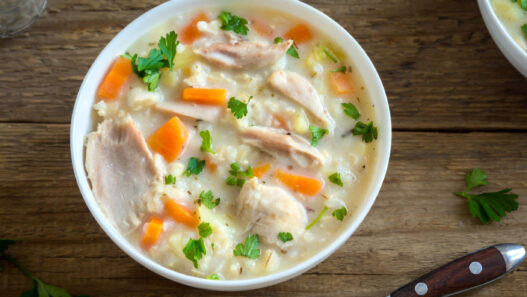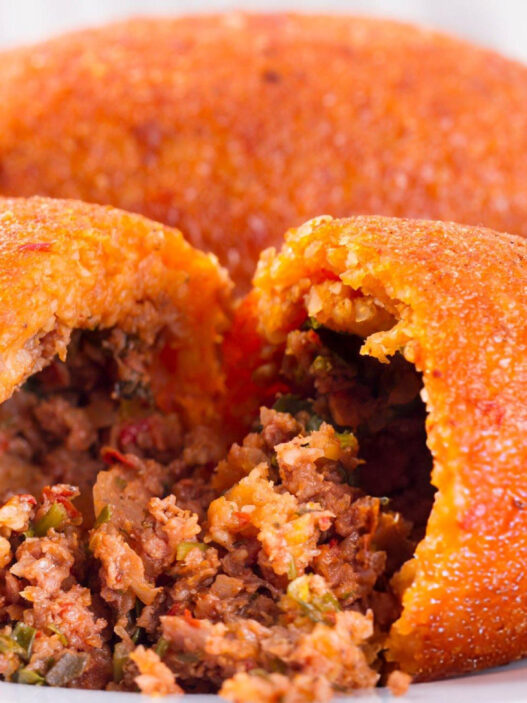When the chill of winter settles in and the comfort of home-cooked meals calls louder than ever, few dishes answer that call as satisfyingly as Hungarian Goulash. A rustic, soul-warming stew brimming with bold flavors, it brings a slow-simmered richness that soothes from the inside out. Whether you are feeding a hungry family after a long day or gathering loved ones around the table for a cozy evening, this timeless recipe promises to deliver both warmth and nostalgia in every hearty spoonful.
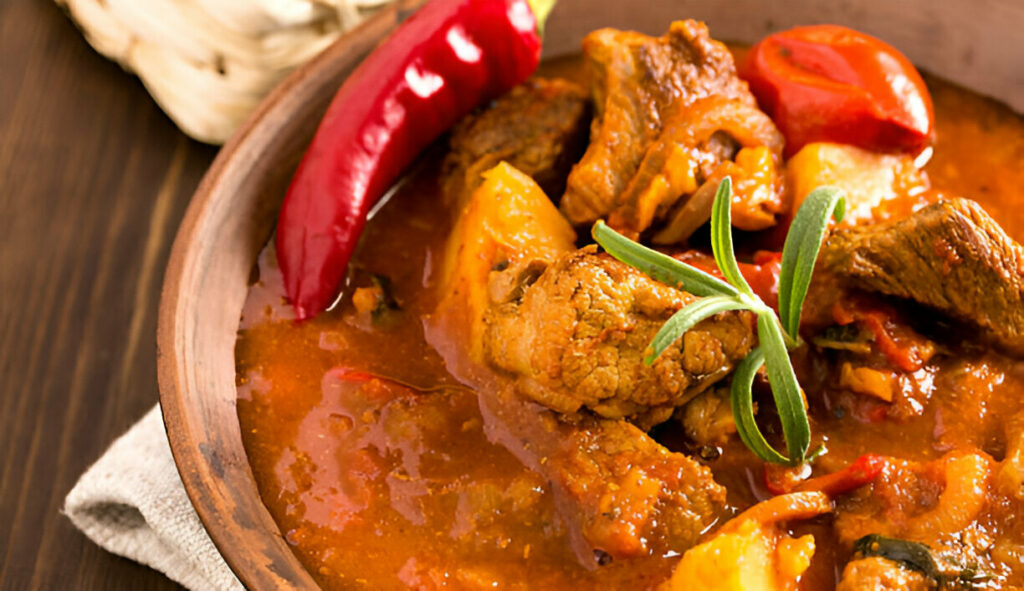
Ingredients You’ll Need for Authentic Hungarian Goulash
The beauty of Hungarian Goulash lies in its simplicity, leaning on a handful of humble ingredients that, when cooked slowly and with care, transform into something magical.
At the heart of the dish is the stew beef, preferably cut into half-inch bite-sized cubes, creating tender morsels that melt in the mouth. This protein foundation is complemented by hearty vegetables like chopped potatoes and scrubbed, chopped carrots, adding texture and earthy sweetness.
Spices and aromatics play a starring role, led by the unmistakable Hungarian paprika—deeply sweet, smoky, and vibrant. Garlic, bay leaves, and a hint of caraway seeds weave a delicate aromatic backdrop, while diced tomatoes and colorful bell peppers infuse the stew with fresh bursts of flavor.
Options for customization abound. For a traditional touch, replace beef broth with water, allowing the paprika to sing even louder. Pork lard can also be swapped for vegetable oil to deepen the richness, and additional root vegetables such as parsnip or celery root can add complexity to the dish.
Step-by-Step Guide to Making Hungarian Goulash
Savoring the robust flavors of Hungarian Goulash starts with patience and attention to each layer of preparation.
Preparing and Searing the Beef for Richness
Browning the beef cubes is a step that cannot be overlooked. Though not strictly traditional, searing the beef locks in juices and builds a rich flavor base. Look for cuts such as chuck roast or beef shank—marbled with just enough fat to become irresistibly tender after a slow simmer.
Building the Flavor Base with Onions and Paprika
The next step is creating an aromatic bed of finely chopped onions, softened gently until golden. Crucially, the paprika must be added off the direct heat. Allowing it to bloom in the residual warmth releases its sweet, complex oils without risking bitterness, ensuring a vibrant, flavorful base.
Slow Simmering to Deepen the Taste
After layering the seared beef, bell peppers, garlic, diced tomatoes, beef broth, bay leaves, and caraway seeds into the pot, it’s time to lower the heat and let the magic happen. A gentle simmer over 1½ hours melds flavors and tenderizes the meat to perfection. Adjusting the liquid—more broth or water—will determine whether you end up with a stew-like or soupier goulash.
Finishing Touches: Adding Vegetables for Texture
Once the beef is luxuriously tender, potatoes and carrots are added to the pot. Their natural starch thickens the broth slightly while adding hearty, rustic texture. Simmering another 30 minutes ensures they are cooked through without losing their integrity, culminating in a stew that is as satisfying to the eye as it is to the palate.
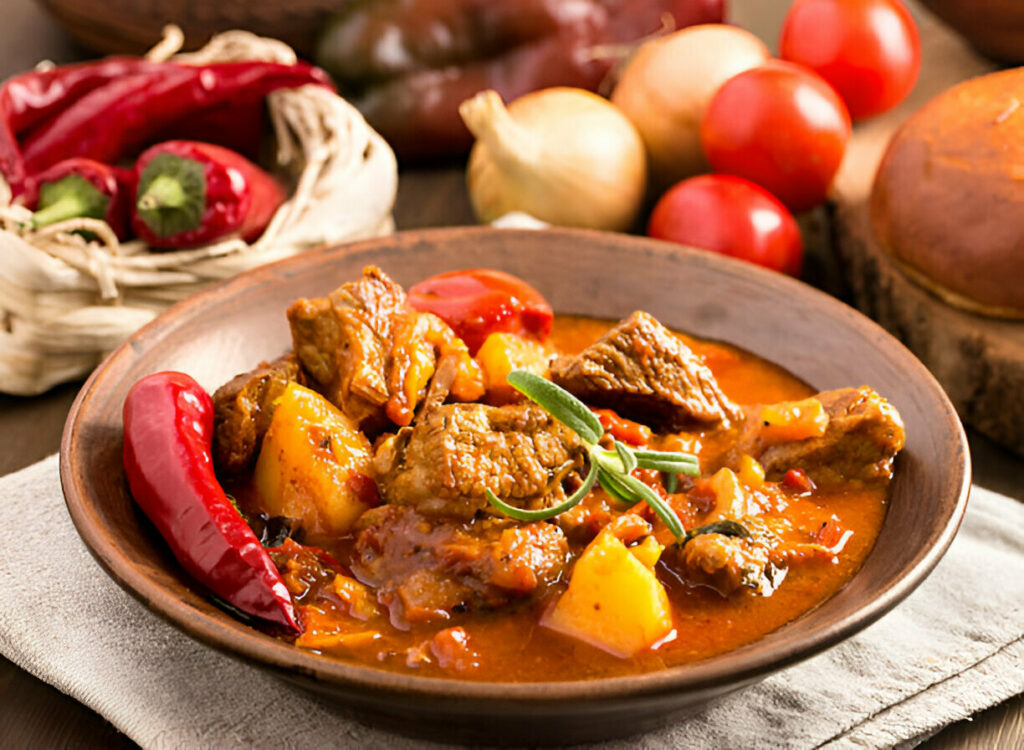
Recipe Tips & Frequently Asked Questions
Choosing the Right Paprika
For an authentic flavor, opt for high-quality sweet Hungarian paprika. For a deeper, smoky taste, blend with a touch of smoked paprika. Hot paprika can be used for a spicier twist.
Making it Soupier or Thicker
For a hearty stew, stick closer to 3 cups of liquid. Prefer a brothy goulash? Add up to 5 cups of beef broth or water during simmering.
Storage and Make-Ahead Advice
Hungarian Goulash stores beautifully in the refrigerator for up to 4 days. In fact, the flavors deepen and harmonize after a day’s rest, making leftovers a true treat.
Can I use pork or chicken instead of beef?
Absolutely. Pork shoulder or thighs work well, offering a slightly different but equally delicious experience.
What’s the difference between Hungarian and American goulash?
Hungarian goulash is a slow-cooked stew brimming with beef and paprika, while American versions often include pasta and tomato sauce.
Can this be made in a slow cooker or Instant Pot?
Yes. Brown the beef and onions first, then transfer to the slow cooker or pressure cooker. Adjust cooking times accordingly.
How do I fix a bitter taste from burnt paprika?
If the paprika burns, the best remedy is to start over. Once burnt, the bitterness cannot be masked.
What to Serve With This Recipe
Hungarian Goulash is as versatile in its pairings as it is hearty in its flavor.
Traditional Sides That Pair Perfectly
Nothing beats a warm, crusty loaf of bread to mop up every last bit of the rich broth. For a traditional Hungarian touch, serve alongside buttered egg noodles or tender, pillowy dumplings known as “nokedli.”
Simple Additions for a Full Meal
Balance the richness with a crisp green salad dressed simply with lemon and olive oil. Pickled vegetables or a small plate of sauerkraut offer a bright, tangy contrast that enhances every bite.
Customization Ideas and Variations
Every pot of goulash can tell a slightly different story depending on what you add to it.
Making It Your Own with Extra Veggies
Root vegetables like parsnips, celery root, or rutabaga introduce new layers of flavor. Mushrooms can also add an earthy, meaty quality for an even heartier stew.
For the Spice Lovers: Turning Up the Heat
Sprinkle in some chili flakes or opt for a pinch of hot paprika to turn up the heat and add a spicy undertone that lingers deliciously.
Adapting for Dietary Needs
For gluten-free diners, this recipe is naturally free from gluten when served with potatoes or gluten-free sides. For a lower-carb version, replace potatoes with diced cauliflower or skip the starchy vegetables altogether.
Hungarian Goulash is a timeless celebration of simple ingredients transformed through slow cooking and careful layering of flavors. It’s a dish that invites creativity while staying true to its comforting roots. Whether made for a Sunday family dinner or prepared ahead for a weeknight meal, its rustic charm and deeply satisfying flavors make it a recipe worth mastering—and savoring—season after season.
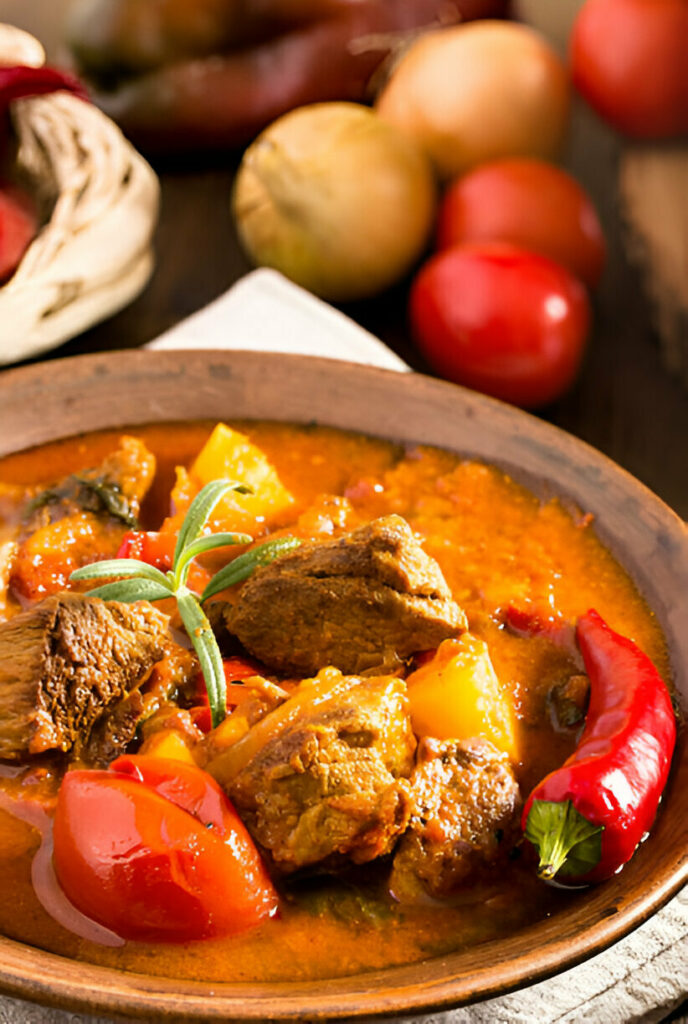
Ingredients
2 pounds stew beef, cut into 1/2-inch bite-sized cubes
3 large potatoes, chopped (peeling optional)
2 large carrots, scrubbed clean and chopped
2 tablespoons vegetable oil (or substitute with 2 tablespoons pork lard)
1 large yellow onion, finely chopped
2 bell peppers, chopped (choose green, red, yellow, or orange)
4 cloves garlic, chopped
2 medium tomatoes, diced
¼ cup Hungarian paprika, plus extra to taste
3 cups beef broth (or water for a more traditional goulash, up to 5 cups for a thinner consistency)
2 bay leaves
½ teaspoon caraway seeds
Salt and freshly ground black pepper, to taste
Instructions
Warm the vegetable oil in a large Dutch oven or heavy pot over medium heat. (If using pork lard, allow it to melt gently. Bacon fat can also be rendered for a richer base — cook it down for about 3 minutes.)
Generously season the beef cubes with salt and pepper. Place the beef into the pot and sear each side until browned, about 5 minutes total. Once browned, transfer the beef to a separate plate and set aside. (Though browning isn’t strictly traditional, it locks in the juices beautifully for slow-cooked dishes.)
Add the chopped onions to the same pot and sauté for 5–6 minutes until they turn soft and translucent.
Remove the pot from the direct heat and stir in the Hungarian paprika. Stirring off the heat for about 1 minute allows the paprika to bloom without burning, preserving its deep, sweet flavor.
Return the pot to medium heat. Add the reserved beef along with the chopped bell peppers, garlic, diced tomatoes, beef broth (or water), bay leaves, and caraway seeds if using. Bring the mixture to a gentle boil, then immediately lower the heat to a simmer. Allow it to cook slowly for 1½ hours, stirring occasionally. During this time, the liquid will reduce and the flavors will intensify.
After the beef has simmered, add the chopped potatoes and carrots into the pot. If a thinner consistency is preferred, pour in an additional 1–2 cups of beef broth or water. Cover the pot and continue simmering for another 30 minutes, or until the vegetables are tender and the meat is fall-apart tender.
Season with additional salt and pepper to taste before serving. Enjoy warm, accompanied by fresh bread if desired.
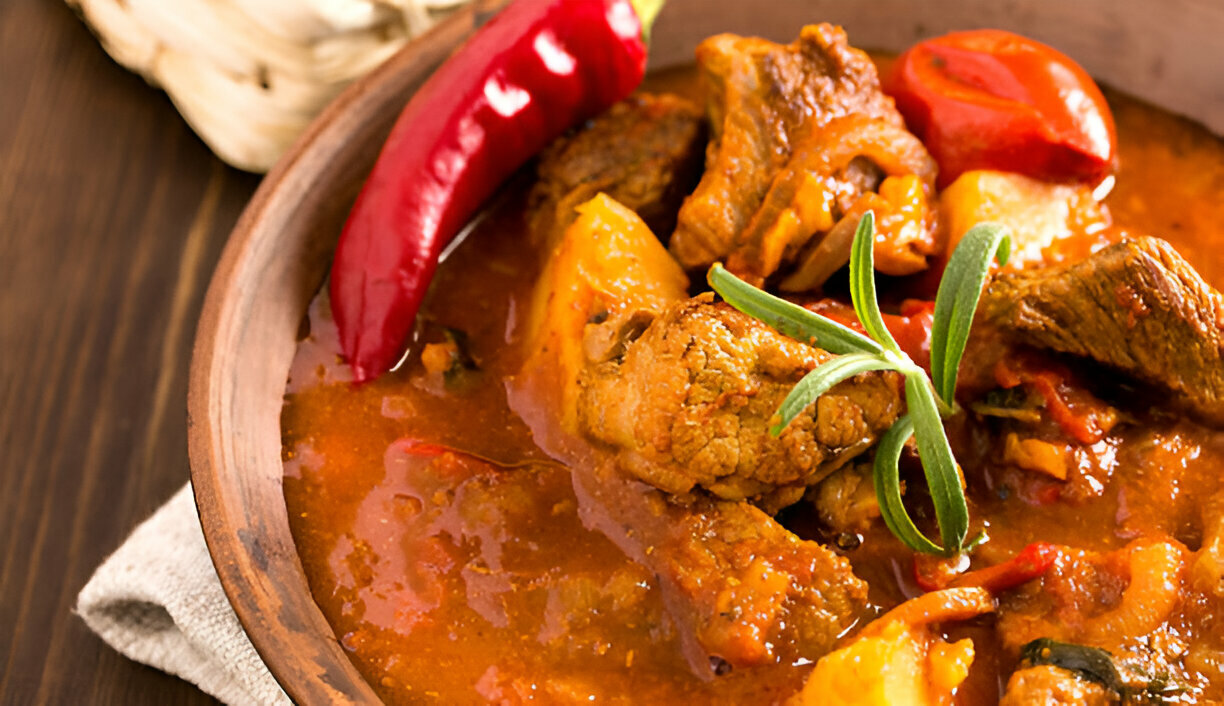
Hungarian Goulash Recipe
Ingredients
- 2 pounds stew beef cut into 1/2-inch bite-sized cubes
- 3 large potatoes chopped (peeling optional)
- 2 large carrots scrubbed clean and chopped
- 2 tablespoons vegetable oil or substitute with 2 tablespoons pork lard
- 1 large yellow onion finely chopped
- 2 bell peppers chopped (choose green, red, yellow, or orange)
- 4 cloves garlic chopped
- 2 medium tomatoes diced
- ¼ cup Hungarian paprika plus extra to taste
- 3 cups beef broth or water for a more traditional goulash, up to 5 cups for a thinner consistency
- 2 bay leaves
- ½ teaspoon caraway seeds
- Salt and freshly ground black pepper to taste
Instructions
- Warm the vegetable oil in a large Dutch oven or heavy pot over medium heat. (If using pork lard, allow it to melt gently. Bacon fat can also be rendered for a richer base — cook it down for about 3 minutes.)
- Generously season the beef cubes with salt and pepper. Place the beef into the pot and sear each side until browned, about 5 minutes total. Once browned, transfer the beef to a separate plate and set aside. (Though browning isn’t strictly traditional, it locks in the juices beautifully for slow-cooked dishes.)
- Add the chopped onions to the same pot and sauté for 5–6 minutes until they turn soft and translucent.
- Remove the pot from the direct heat and stir in the Hungarian paprika. Stirring off the heat for about 1 minute allows the paprika to bloom without burning, preserving its deep, sweet flavor.
- Return the pot to medium heat. Add the reserved beef along with the chopped bell peppers, garlic, diced tomatoes, beef broth (or water), bay leaves, and caraway seeds if using. Bring the mixture to a gentle boil, then immediately lower the heat to a simmer. Allow it to cook slowly for 1½ hours, stirring occasionally. During this time, the liquid will reduce and the flavors will intensify.
- After the beef has simmered, add the chopped potatoes and carrots into the pot. If a thinner consistency is preferred, pour in an additional 1–2 cups of beef broth or water. Cover the pot and continue simmering for another 30 minutes, or until the vegetables are tender and the meat is fall-apart tender.
- Season with additional salt and pepper to taste before serving. Enjoy warm, accompanied by fresh bread if desired.

